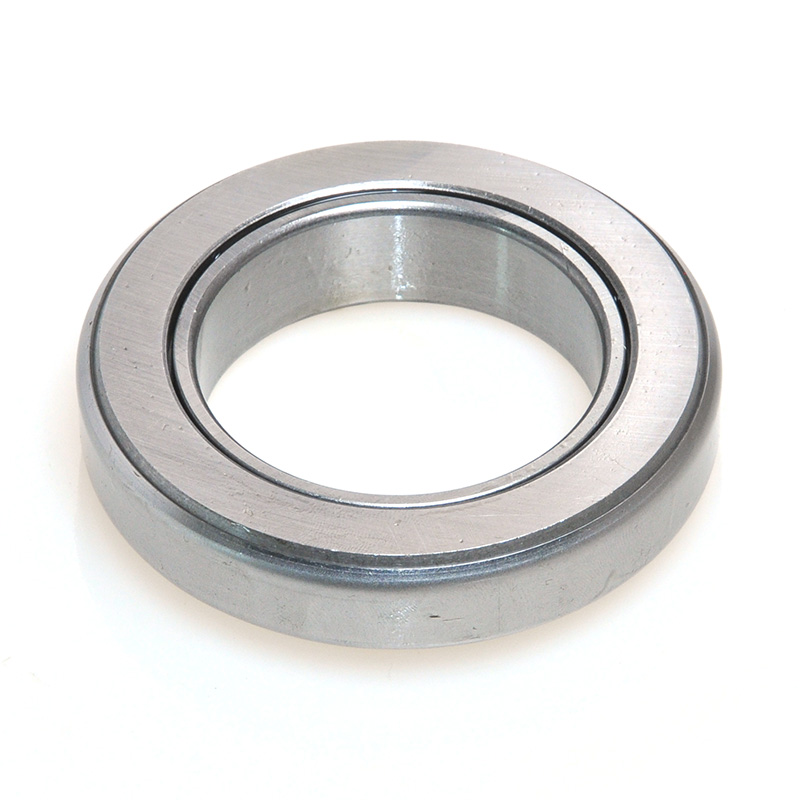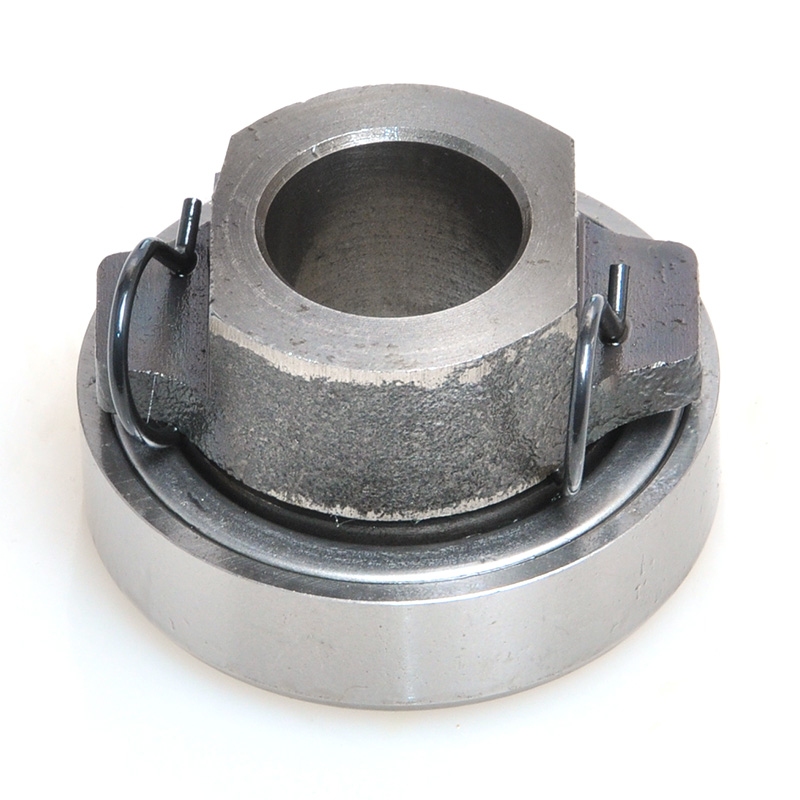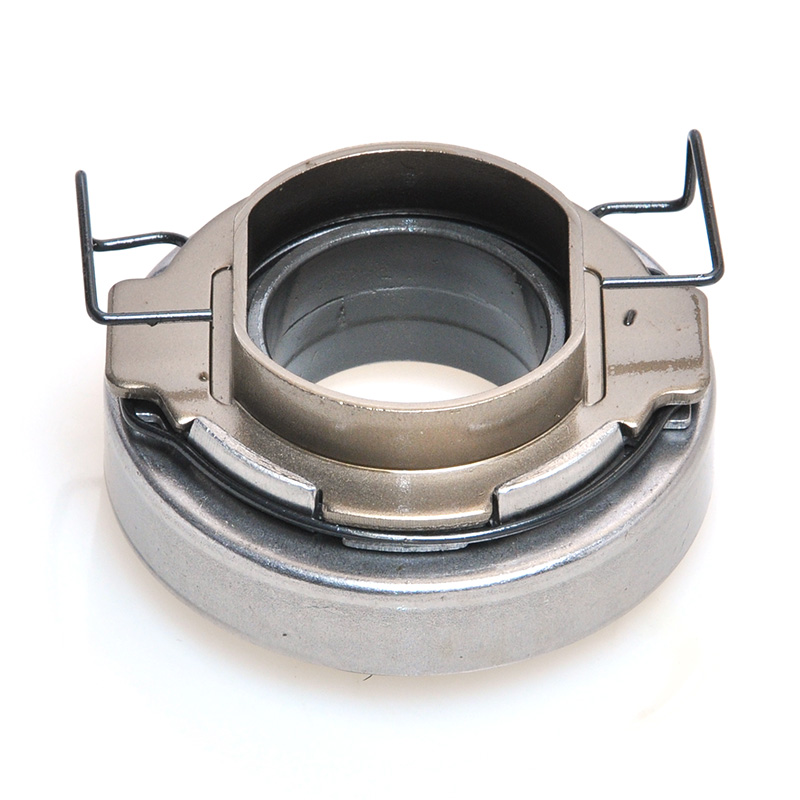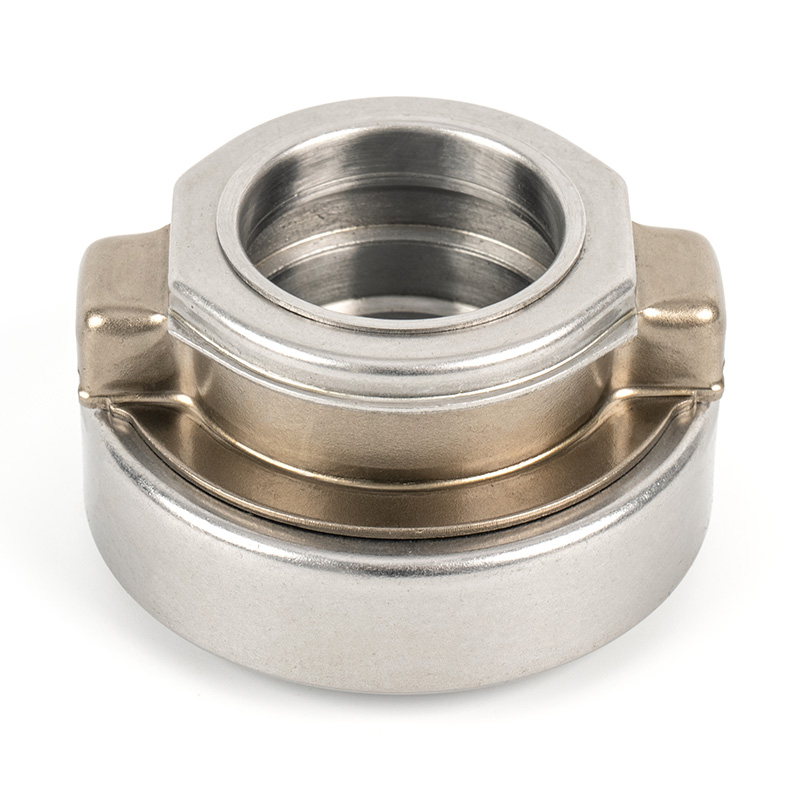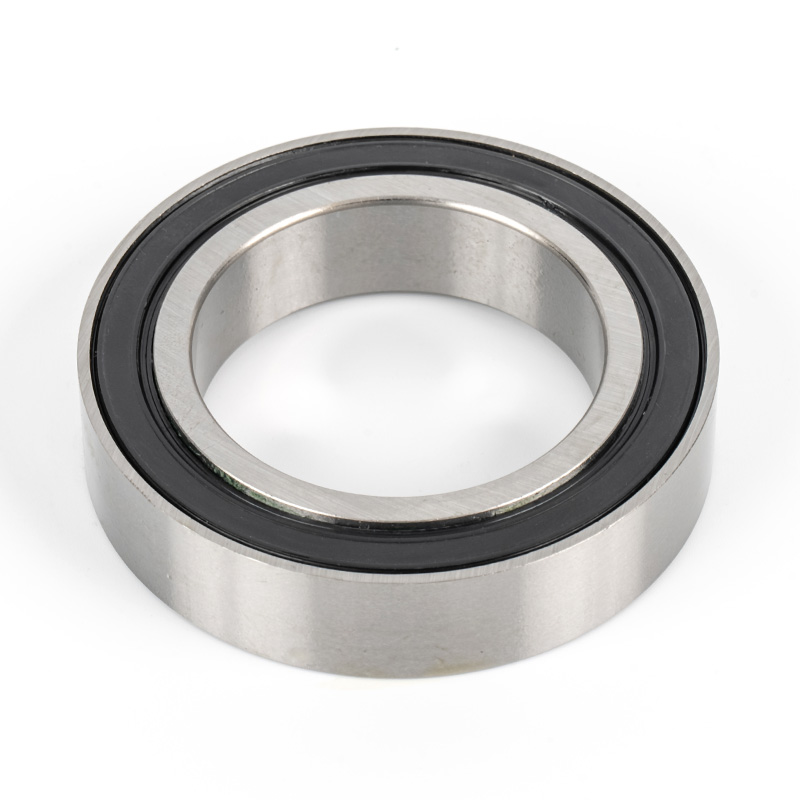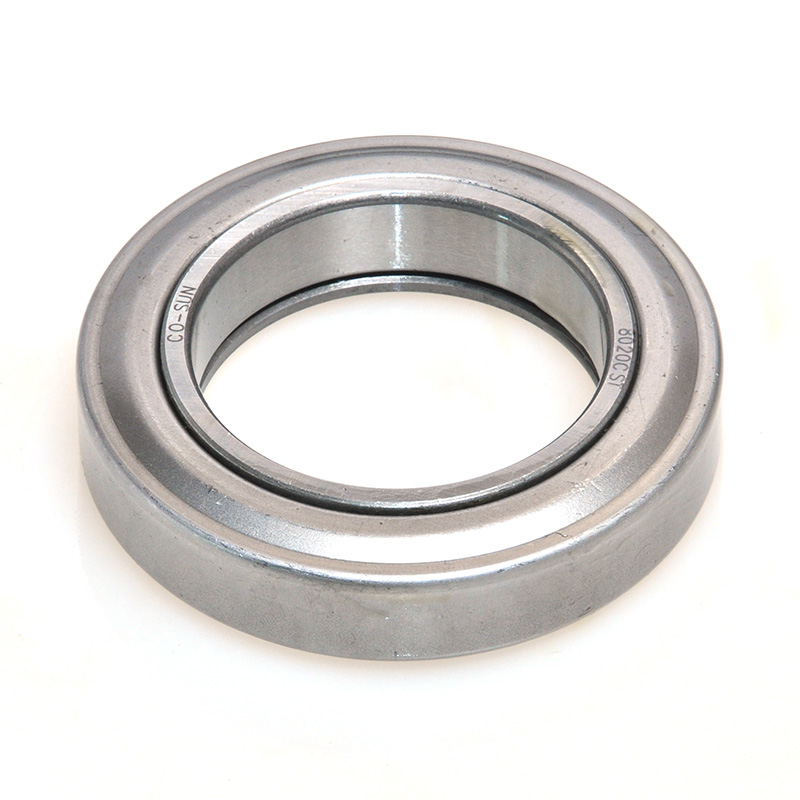As a key component of the automobile transmission system, the three models of Clutch Release Bearing, VKC3514, CT55BL1 and TK55-1A1U3, all use high-purity bearing steel materials, and their oxygen content is strictly controlled at an extremely low level. With the special heat treatment process, the internal structure of the material is dense, and fatigue resistance and wear resistance are significantly improved. In terms of structural design, the three products are optimized for high-speed and high-temperature working conditions, and have self-lubrication and low vibration characteristics. Among them, the CT55BL1 model uses PA66+G25+V0 flame-retardant plastic wheels, which are molded by high-temperature injection molding process. It has high wear resistance and impact resistance, and effectively extends the service life of the bearing. In terms of sealing structure, VKC3514 and TK55-1A1U3 use lip seals and outer ring grooves to ensure stable sealing performance, prevent grease leakage and external impurities from invading, and adapt to long-term operation requirements under complex working conditions.
The three bearings VKC3514, CT55BL1 and TK55-1A1U3 cover the needs of multiple brands of vehicles: VKC3514 is widely used in general-purpose passenger cars and light commercial vehicles; CT55BL1 is adapted to some Japanese and domestic models with high-precision processing (such as tolerance control of inner diameter 55mm and outer diameter 88mm); TK55-1A1U3 is specially designed for heavy vehicles such as Isuzu flat-type 6-wheel trucks, and its structural strength and impact resistance meet the stringent requirements of chassis model JCR500. All three products have passed ISO9001 and TS16949 quality system certification, and the production process uses automated assembly and high-precision testing equipment to ensure batch consistency. Among them, the sealing ring contact design of CT55BL1 achieves zero-gap sealing, effectively reducing the risk of abnormal noise; the grease formula of TK55-1A1U3 has the characteristics of resistance to high temperature attenuation, and can maintain stable lubrication performance in the range of -40℃ to 150℃, reducing friction loss during clutch engagement, and providing reliable protection for the vehicle transmission system.
 +86-13867573512
+86-13867573512

